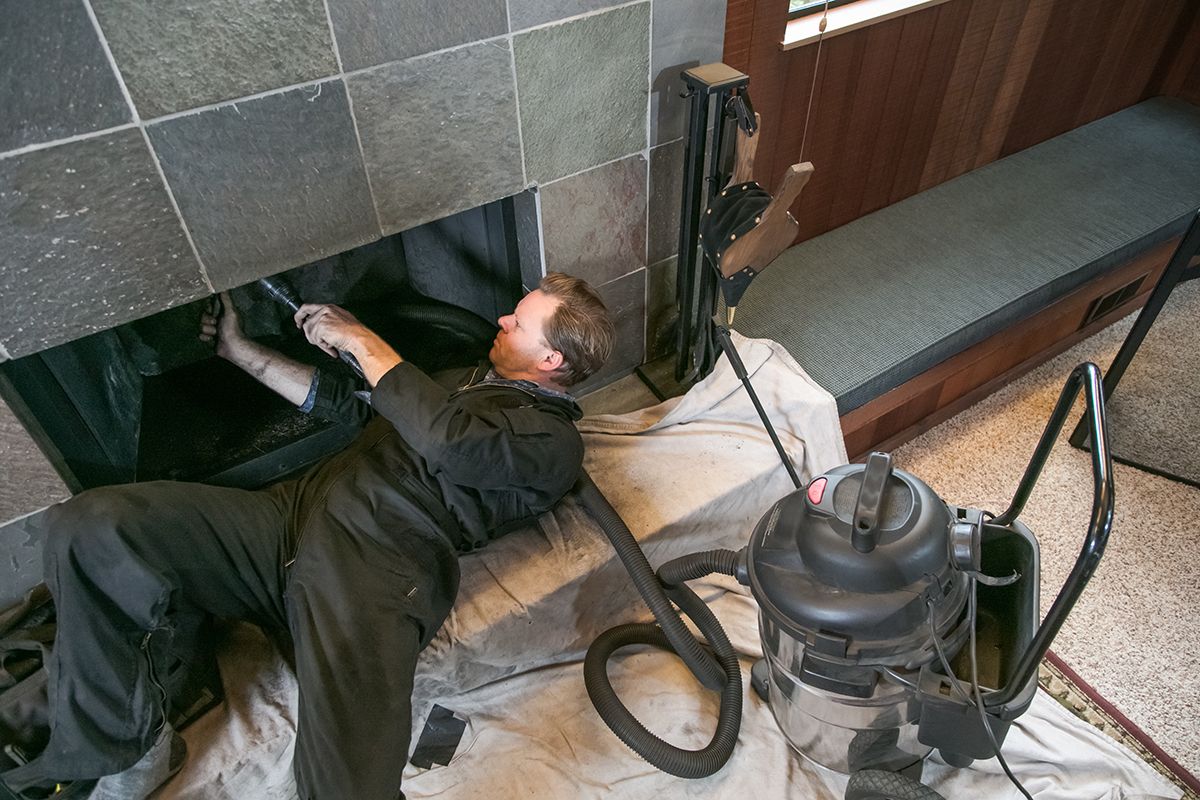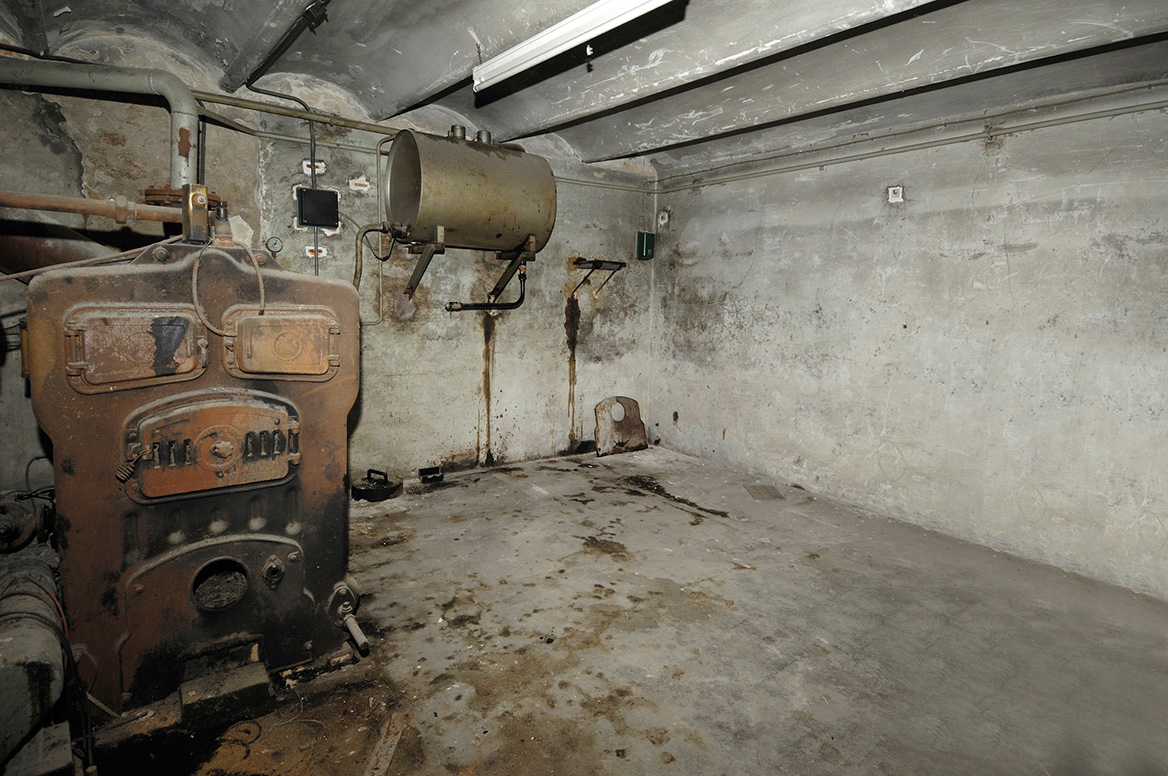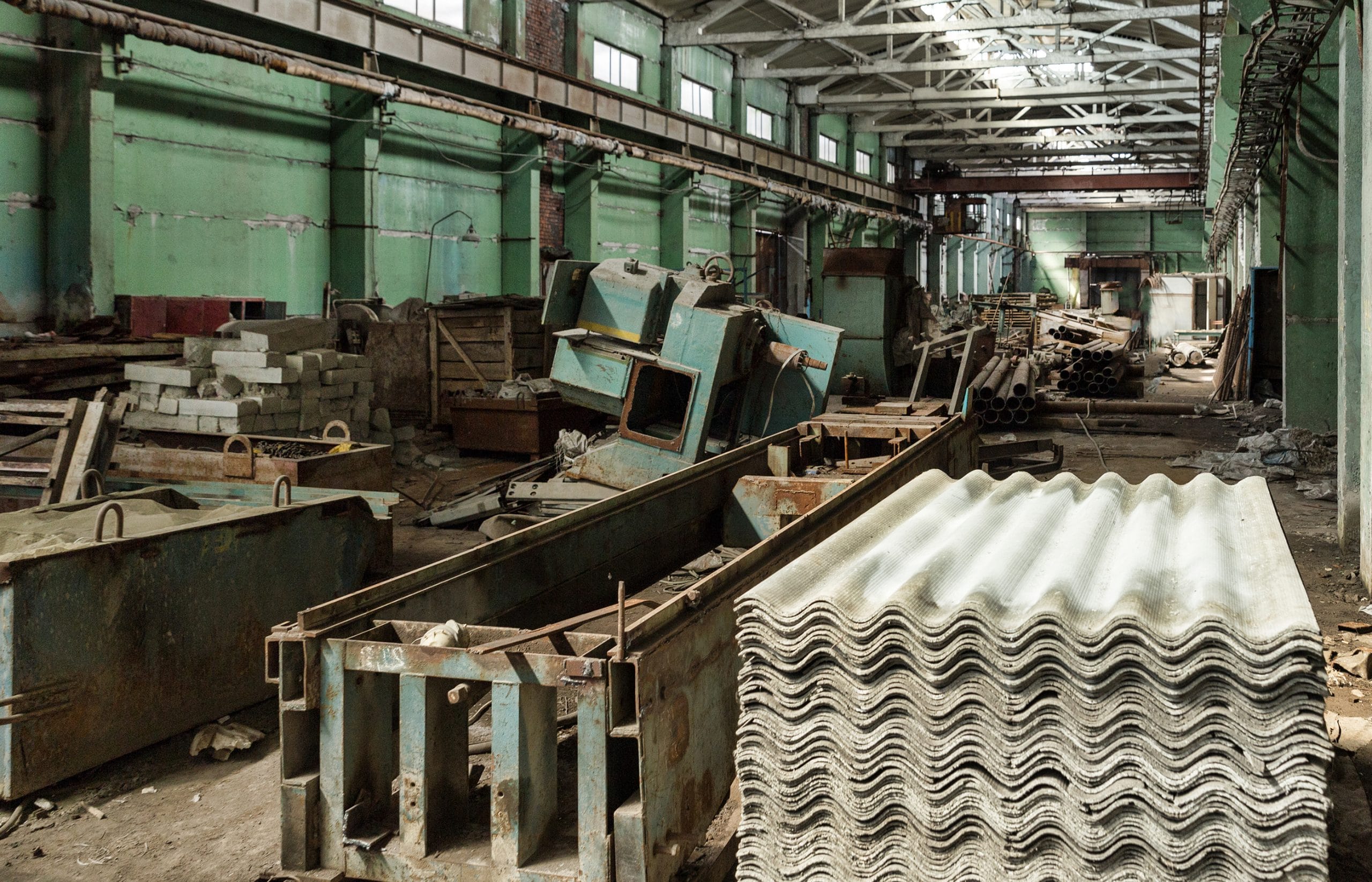Asbestos Risk for Building Occupants and Bystanders
Asbestos was once used in many buildings and structures. This makes building occupants, residents, or bystanders at risk for asbestos exposure if the structure is being demolished or renovated.

Building Occupants, Bystanders, and Residents
of Asbestos-contaminated Structures
Asbestos is a mineral that can be found in rock and soil deposits. It was once widely utilized in many public and commercial buildings and construction projects for its fire-retardant nature. The United States military also used the mineral in several different building capacities. This makes civilian and military building occupants of asbestos structures at high risk for harmful levels of exposure to the mineral. It’s the most damaging when it’s in a friable state.
When asbestos is “friable,” that means it’s in a state where it can easily be broken down into a powder or crumbled. When this happens, its toxic fibers can be expelled into the air, where nearby building occupants or residents can inhale or swallow. If exposure is prolonged, the fibers may get lodged in or around the lungs, throat, abdomen, or other regions in the body, scratching and tearing up the tissues in the area. If this damage continues for too long, eventually illnesses and cancers can form.
Depending on the disease and level of exposure, sometimes related illnesses can take over 40 years to develop. This type of exposure primarily occurs during construction, demolition, and renovation projects.
High-Risk Building Structures
Between the early 1900s and the late 1970s (when the mineral was discovered to be harmful to human health, asbestos was used in many capacities in the United States. It can still be found in some construction materials today. Industries in construction, shipbuilding, and automotive trades are primary users of the mineral. Building occupants, residents, and bystanders can potentially come into contact with the mineral in several areas:
- Boilers and heating
- Cement pipes and pipe covering
- Electrical wire conduits
- Insulation materials
- Paper products
- Sealants and coatings
- Textiles and curtains
Construction materials that can be found in homes and buildings include:
- Area surrounding wood-burning stoves (walls and floors)
- Caulking and joint compound
- Fabrics and insulation materials that can resist heat
- Roofing and siding shingles
- Tiles on the floor and ceiling
- Paint and patching compounds
Due to such wide use of the toxin in a variety of capacities, regulations have been in place to protect residents and workers from negligent exposure.
Regulations in Place to Protect Building Occupants
In 1970 researchers classified asbestos as a carcinogen (cancer-causing substance), so government organizations began putting laws and regulations in place to protect building occupants from harmful exposure. These laws hold building owners and managers responsible for the proper removal of the harmful substance before anyone else works or occupies the structure. Contaminated public and commercial building owners and older public and non-private schools are required to follow specific demolition, renovation, maintenance, and asbestos removal operations when working with contaminated structures.
The National Emission Standards for Hazardous Air Pollutants (NESHAP) is a national set of regulations under the Clean Air Act that gives specific standard operating procedures for managers and owners to follow in regards to all handling of asbestos in any construction projects. How companies remove and dispose of the mineral from the building is also heavily monitored. Most operations are not allowed to emit any visible emissions in the air and must handle contaminated waste efficiently, or experience legal repercussions.
Legal Recourse
If a person develops lung cancer or other asbestos-related conditions from negligent exposure to the mineral’s toxic fibers, they could be entitled to financial compensation from the companies responsible. Workers’ compensation, personal injury, asbestos trust funds, and even wrongful death are all legal actions an employee (or their immediate family in the case of wrongful death) can take if they were dangerously exposed to asbestos and developed an illness.
Building occupants that develop a disease from exposure to the mineral have multiple options for filing a claim. An experienced attorney would be best suited for handling this situation. Usually, the patient must receive an official diagnosis from their doctor before any legal action can be taken.


